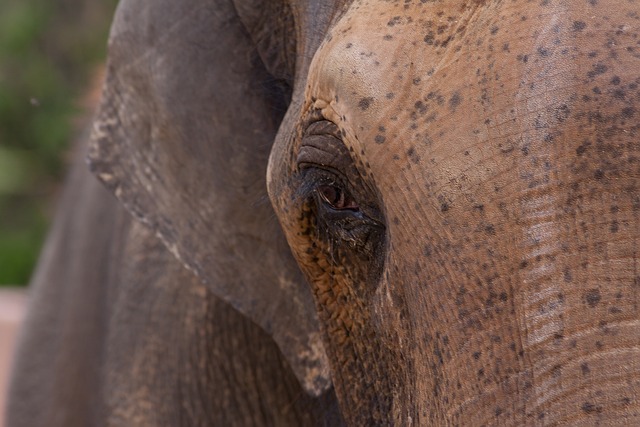
Publicado dia 26/05/2025
formula 1 pole 🔥 The Pursuit of Pole Position: An In-Depth Exploration of Formula 1 Qualifying Dynamics

formula 1 pole, 26/05/2025
Olá, pessoal! Hoje, vou explicar um pouco sobre formula 1 pole e também falar sobre formula 1 pole. Muitas pessoas ainda têm dúvidas sobre esses temas, então espero que este artigo ajude a esclarecer. Vamos começar!
The thrill of Formula 1 racing often comes to a pinnacle during the qualifying session, where the quest for pole position transforms from a mere statistical endeavor into a complex interplay of technology, strategy, and human skill. This preliminary phase before the race is not simply a battle against the clock, but rather a scientific exploration of optimal performance, where every second counts and every decision could mean the difference between glory and disappointment.formula 1 pole
To grasp the intricacies surrounding pole position, it is essential to understand the qualifying format employed in Formula 1. Each driver must navigate three distinct segments: Q1, Q2, and Q3. In Q1, all participating drivers compete to secure a place in the subsequent segments, with the slowest being eliminated. This elimination format creates a high-pressure environment where teams must strike a balance between risk and strategy, as timing and tire choice can significantly influence overall performance. As Q1 concludes, tension intensifies among those vying for access to Q2, setting the stage for what is often considered the most unpredictable phase of qualifying.
The subsequent rounds require drivers to showcase not only their raw speed but also their mastery of circuit nuances. Utilizing telemetric data analytics, teams analyze factors such as tire degradation, fuel load, and aerodynamic efficiency to optimize their setups for each run. The engineering teams play a pivotal role, as they rely on simulations and computational fluid dynamics to better comprehend the interplay of drag, downforce, and tire performance. These scientific tools foster an environment where strategies are not just crafted in the garage, but are continually adapted in real-time based on rivals’ performances and changing track conditions.formula 1 pole

Vamos, por enquanto, olhar para a questão de formula 1 pole sob outro ponto de vista.
An essential yet often underappreciated aspect of dominating qualifying lies within tire management. Formula 1 regulations dictate specific tire compounds for qualifying sessions, compelling teams to devise intricate strategies. The choice of tire compound not only impacts lap time but also plays a crucial role in maintaining performance consistency over the session's duration. Soft compounds, often offering the highest grip, may deliver blistering lap times but can also lead to significant tire wear. Conversely, harder compounds may provide longevity but at the expense of raw speed. The art of tire selection and management becomes a strategic calculus that requires intimacy with the tires’ characteristics and how they interact with the unique demands of each circuit.formula 1 pole
Moreover, track evolution—the gradual increase in grip due to the rubber laid down by preceding cars—adds another layer of intricacy to the equation. This phenomenon necessitates that teams remain agile, often recalibrating their strategies to capitalize on increasingly favorable conditions as the session unfolds. The knowledge that the optimal lap may come with a last-minute push underscores the emotionally charged environment of qualifying sessions, where one moment can define a team's trajectory for race day.formula 1 pole
Aerodynamics epitomizes the peak of scientific expertise in the relentless pursuit of pole position. Modern Formula 1 cars are masterpieces of engineering, meticulously designed to maximize downforce while minimizing drag. Engineers fine-tune aerodynamics through adjustable components such as front and rear wings, ensuring the cars maintain stability at high speeds. Additionally, understanding airflow dynamics around the vehicle during various stages of a lap becomes crucial as teams strategize their positioning relative to rivals. In particular, employing strategies such as slipstreaming—utilizing the aerodynamic wake of another car to reduce drag—adds yet another layer of strategy to the qualifying battle.
However, no analysis of qualifying dynamics would be complete without acknowledging the mental component drivers bring to this high-stakes environment. The psychological pressure during qualifying is unparalleled, and how drivers manage this aspect can significantly influence their performance. The ability to remain calm under intense scrutiny and deliver highly technical laps is crucial. Furthermore, effective communication with the team—particularly in conveying feedback about the car's handling and performance—can be the difference between achieving a coveted pole position or languishing in the midfield.formula 1 pole

In conclusion, the pursuit of pole position in Formula 1 is a multifaceted endeavor that embodies the intersection of science, strategy, and human endeavor. As teams navigate the complexities of tire choice, aerodynamic dynamics, and psychological pressure, the pursuit of that elusive first starting slot transforms into a vivid canvas of engineering marvel and competitive spirit. As each qualifying session concludes and the grid for race day takes shape, the intricate choreography of technology and tactics continues to evolve, promising an ever-exciting spectacle that remains unparalleled in the realm of motorsport.formula 1 pole
Este compartilhamento chega ao fim, esperamos que este artigo tenha ajudado a entender melhor formula 1 pole. Se também estiver interessado em formula 1 pole, fique à vontade para discutir!